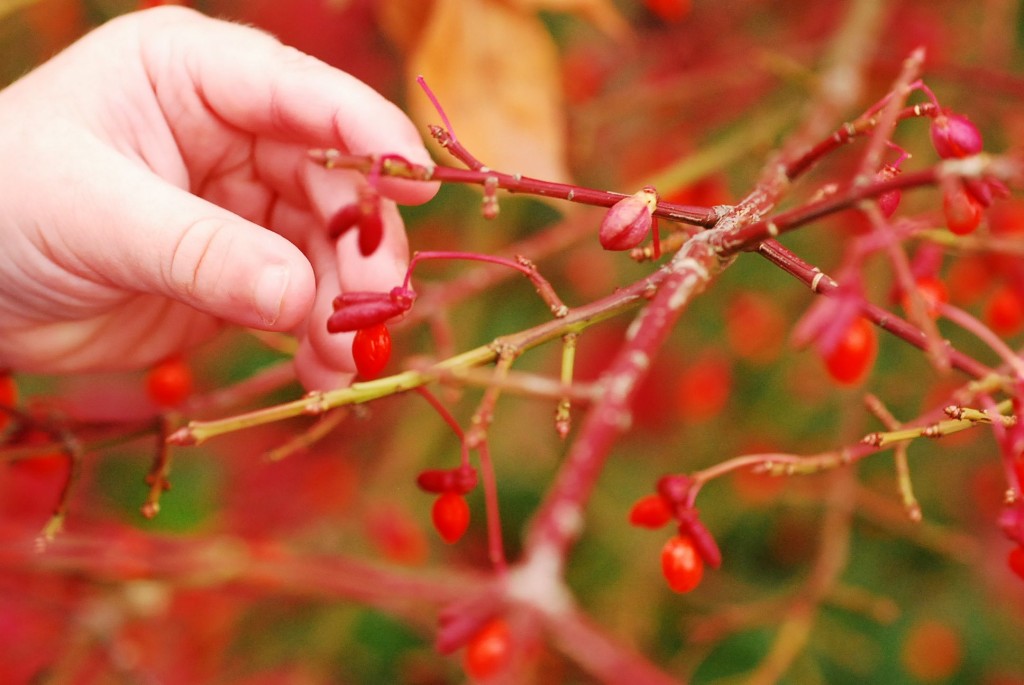Wait. Hope. See.
I wait for the Lord, my soul waits,
and in God’s word I hope;
my soul waits for the Lord
more than those who watch for the morning
more than those who watch for the morning.
—Psalm 130:5-6
Advent. The season of waiting and preparing for the birth of Christ. But it’s not just about Baby Jesus, sweet and mild. Certainly we wait for Christmas and the celebration of Christ’s birth in history past, but we also wait for the risen Christ to come again.
In fact, the Gospel passage for the first Sunday of Advent—the first Sunday of the church year— is not the story of Jesus’ birth, not the story of the Annunciation or of Mary’s response to the angel’s startling proclamation, nor the story of Mary and Joseph’s journey to Bethlehem. Rather, it is part of Jesus’ speech about the signs of the end of the age, when we will see “the Son of Man coming in a cloud with power and great glory” (Luke 21:27).
The Church’s choice of this passage speaks of the larger significance of Advent. Yes, Advent is a time of waiting and preparation leading up to Christmas—the celebration of Jesus’ birth in history—but ultimately, we are not waiting for Christmas; we are waiting for Christ’s return.
In English, the word “wait” tends to imply passivity, maybe even boredom. But this is not the implication that Jesus would have had in mind when he spoke of his disciples waiting for his return. In Hebrew, the word for “wait” is also the word for “hope.” Thus translators can render “Wait for the Lord” as “Hope in the Lord” with equal accuracy.
This linguistic equation of “wait” with “hope” means that for Jesus, immersed as he was in the language of the Hebrew Bible, there is no conceptual differentiation between waiting and hoping. They are one and the same activity. This melding is especially apropos during Advent, when we wait in hopeful expectation for the return of Christ. Henri Nouwen calls this “active waiting.”
Active waiting, he says, “means to be present fully to the moment, in the conviction that something is happening where you are and that you want to be present to it. A waiting person is someone who is present to the moment, who believes that this moment is the moment.”
One of the traditions I find most helpful in cultivating this attitude of mindful—and hopeful—attention during Advent is our family’s nightly lighting of the Advent wreath.
Each week during Advent, we light an additional candle, proclaiming as we do so, “Jesus Christ is the Light of the world, the Light no darkness can overcome.”
The progressive lighting of the candles reminds us to wait with attentiveness through the darkness of December, because the Light who is coming into the world already shines in the darkness—if only we will watch and see.
I invite you to pay attention this Advent as you wait with hope for Christ to come—because the truth is, Christ has already come. We are waiting for something that has already happened! Jesus Christ is the Light of the world—right here, right now—the light no darkness can overcome.
So look up, look around: where is the light of Christ breaking through the darkness of the world?
And, please, do share a few of those God-sightings with others (maybe in the comments?). Let’s help one another see the light as we wait for the Light.
—an edited excerpt from The Circle of Seasons: Meeting God in the Church Year
Bio
Today’s post is by Kimberlee Conway Ireton. Kimberlee is the mother of four children, an avid reader, and the author of The Circle of Seasons: Meeting God in the Church Year and a recently released memoir, Cracking Up: A Postpartum Faith Crisis. She and her family worship at Bethany Presbyterian Church in Seattle.



